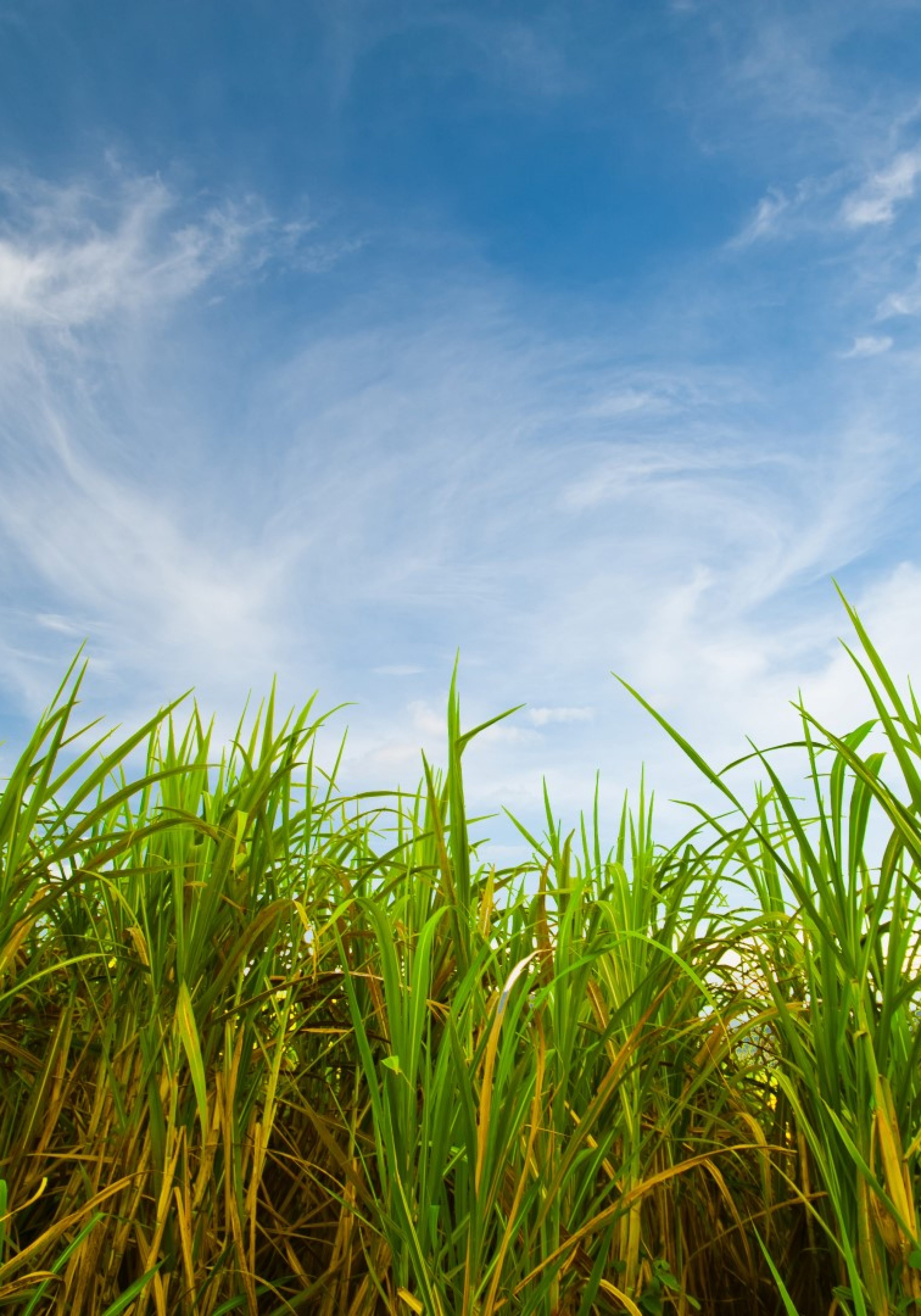
South Florida’s farming community saw its phosphorus discharges fall 66% below levels set during a 1979-1988 base period established under the 1994 Everglades Forever Act.
The 1994 law offered incentives for farmers to keep discharges at least 25% below the output during that base period. On average, farmers’ annual output has been 57% below those base levels since the program launched in 1996.
“For decades, politicians, activists and the media have been talking about clean water, but only farmers have a demonstrated, 26-year record of clean water success,” said Keith Wedgworth, President of the Western Palm Beach Farm Bureau. “Our contributions to Florida’s ongoing clean water efforts can be a national success story for the environment and a sustainable local food supply.”
Decades ago, phosphorus was a significant contributor to polluting Florida’s water systems, such as Lake Okeechobee. Phosphorus can run off from nearby farms. That drove passage of the 1994 Everglades Forever Act, which incentivized farmers to lessen that runoff.
The progress is important to improving the health of Lake Okeechobee, which can contain toxic algae. When discharged from Lake O, water can carry that algae into other waterways, allowing it to spread to other communities. However, as reported by the South Florida Sun-Sentinel in 2016, less than 6% of the phosphorus in Lake Okeechobee came from land south of Lake Okeechobee.
Judy Sanchez, Senior Director for Corporate Communications and Public Affairs for U.S. Sugar, spotlighted the most recent benchmark — following similar success in previous years — in a Thursday statement.
“Today’s announcement again shows that dedicated farmers are some of the best stewards of our natural resources in the state of Florida,” Sanchez said.
“Using best management practices (BMPs) developed with scientists at the University of Florida, local sugarcane farmers have decades of on-the-ground experience and data to share that shows BMPs are making meaningful contributions in clean water improvements to our ecosystem.”
Those improvements in technology have made it easier to keep up environmental standards while maintaining or increasing output, Sanchez said.
“South Florida’s sugarcane farmers utilize world-class best management practices including GPS-land leveling, modified pumping practices, and smarter plant nutrition technology to clean every drop of water on our farmlands,” she added.
“The end result is a program that allows us to sustainably grow food crops such as sugarcane, sweet corn, green beans, kale, broccoli, leafy greens and other fresh produce that feeds nearly 180 million Americans every year.”

2 comments
William Mantz
August 15, 2022 at 11:07 pm
It’s nice to know that the farmers are cleaning up the mess they made I hope we didn’t have to pay them too much to do it
tom palmer
August 19, 2022 at 9:50 pm
The article doesn’t tell us what the source of this claim is other than from the industry, which is not heavily regulated. The claim about the amount of pollution from south of the lake is misleading. There are cane fields west of the lake and there were dairies north of the lake, which are now polluting the Suwanee River basin.
Comments are closed.